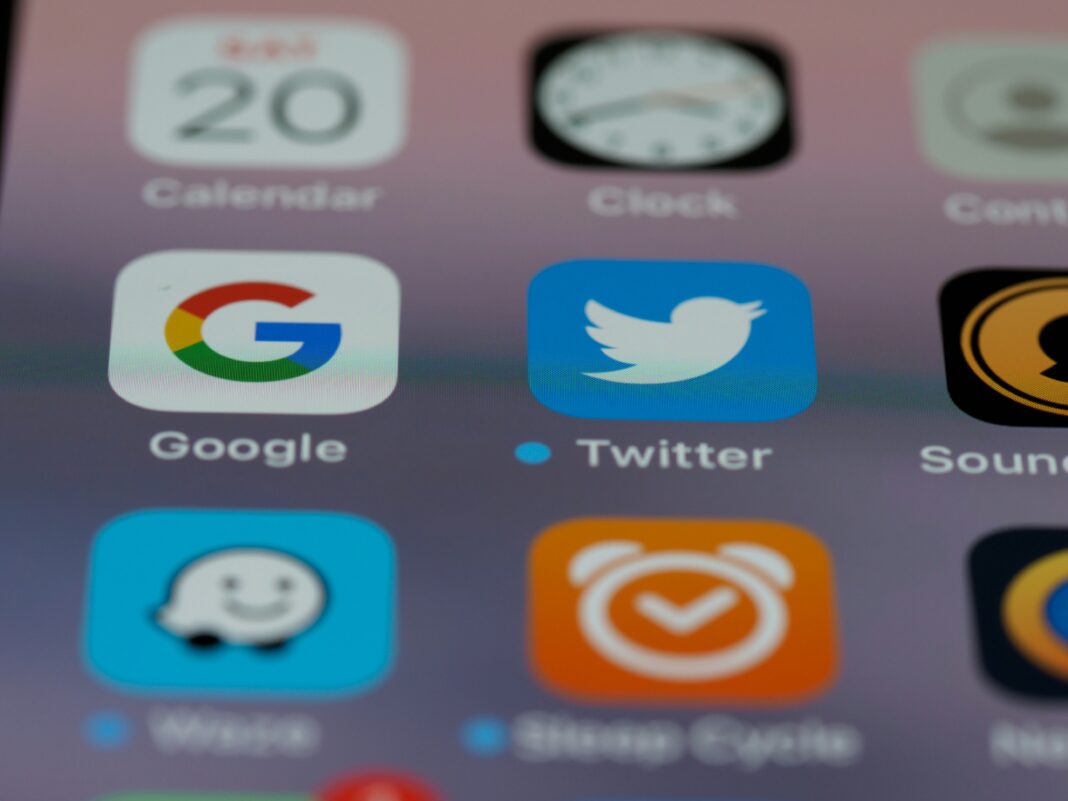In the digital age, cancel culture has become a dominant force in online spaces, shaping public opinion, and altering reputation in a matter of hours. Often driven by a desire to hold people accountable, cancel culture can quickly spiral into mob mentality, a phenomenon where individual judgement is replaced by emotionally charged, group-driven reactions. Social media algorithms play a crucial role in this process by prioritizing engagement-driven content, which is often sensational or controversial. This raises a critical question: how do these algorithms contribute to cancel culture and the spread of mob mentality, and what impact does this have on the way we interact online?
Algorithms Reward Controversial Content
At the heart of the issue is how social media platforms like Twitter, Instagram, and TikTok are structured. These platforms use complex algorithms designed to maximize user engagement, which often means prioritizing posts that evoke strong emotions, like anger, frustration or outrage. Controversial posts and “call-outs” draw significantly more attention than mundane content, leading to increased visibility and faster speed.
For example, a single critical comment or post about a public figure can quickly gain momentum as users share, comment and react. This snowball effect can take something as minor as an offhand remark and turn it into a viral sensation. Social media algorithms recognize the high engagement and, rather than de-escalating the content, boost it further within feeds, perpetuating the cycle of courage and amplification. As a result, what may have been an opportunity for constructive criticism can rapidly transform into a full-blown campaign to “cancel” someone.
The Speed and Amplification of Outrage
With social media, the speed at which outrage spreads can be staggering. The moment an incident gains traction, users quickly mobilize, sharing posts, memes, and hashtag that intensify the backlash.
This leads to what psychologists refer to as mob mentality—a state where individual judgment is overshadowed by the collective emotional response of a group.
Mob mentality on social media has unique characteristics. The virtual environment allows people to respond instantaneously, often without pausing to verify facts or consider different perspectives. When users see a flood of similar opinions in their feed, they feel social pressure to join in, fearing that silence might imply agreement with the criticized behaviour. This collective piling-on effect is fuelled by what is known as the “echo chamber” effect, where people are primarily exposed to opinions and beliefs that align with their own.
For instance, a trending hashtag that criticizes a celebrity or influencer quickly gains traction as thousands of users share and retweet it, reinforcing each other’s outrage. In the digital echo chamber, dissenting voices are often drowned out, making it difficult for any real discussion or nuance to emerge. This one-sided backlash allows users to focus on the negative aspects of a situation, sometimes taking statements or actions out of context to justify their anger.
Mobs and the Erosion of Individual Agency
Mob mentality has a powerful influence on individual actions and opinions, often leading people to act in ways they might not otherwise. In these online groups, users may lose their sense of personal judgment, falling into “group-think” and going along with the crowd. This collective mindset can lead to impulsive and sometimes harmful actions, as people feel validated by being part of a larger, supposedly righteous group.
An example of this is when social media users “cancel” someone by spreading negative content, sharing old posts, and calling for boycotts—all without fully understanding the context or allowing for nuanced conversation. The mob feels justified in its actions, and individuals within the group feel empowered and righteous. Unfortunately, this mentality often leads to disproportionate responses, with people facing severe backlash for minor mistakes or misunderstandings. This toxic cycle can lead to significant harm, both to the individual being cancelled and the group, as it reinforces an “us vs. them” dynamic.
Platforms as Catalysts of Misinformation and Outrage
The role of social media companies in this cycle cannot be ignored. Most social media platforms are profit-driven; higher engagement levels equate to increased ad revenue. By rewarding posts that generate strong emotional responses, algorithms inadvertently promote cancel culture, with little regard for the potential harm caused. Platforms encourage users to engage without providing the tools or guidance to navigate complex discussions responsibly.
In some cases, social media companies take steps to intervene by flagging or removing content that violates their guidelines. However, the initial damage is often done long before the content is taken down. Algorithms ensure that the most sensational posts reach thousands, sometimes millions, of people in a matter of hours. Even if a post is later flagged or retracted, the outrage and mob mentality it spurred cannot easily be undone.
Platforms are often criticized for promoting this type of toxic engagement cycle, but they have little incentive to make significant changes. The very mechanics that make platforms profitable also drive the spread of cancel culture and mob mentality. Reducing outrage-driven engagement would likely impact their business models, making it challenging to enact meaningful reform.
Conclusion
The role of algorithms in cancel culture is significant. By amplifying outrage-driven content, social media platforms contribute to a culture that promotes knee-jerk reactions and mob mentality over thoughtful, constructive discourse. This amplification has created an environment where the loudest voices are often the most extreme, leaving little room for context, nuance, or forgiveness.
To counteract these effects, social media companies could explore options such as adjusting algorithms to prioritize balanced content, providing more context around controversial posts, or even creating spaces for mediation and constructive discussion. In the end, a healthier digital environment requires a shift from algorithms that fuel outrage to those that foster understanding. Only then can we move away from a cancel culture driven by mob mentality and toward a culture of accountability and growth.

